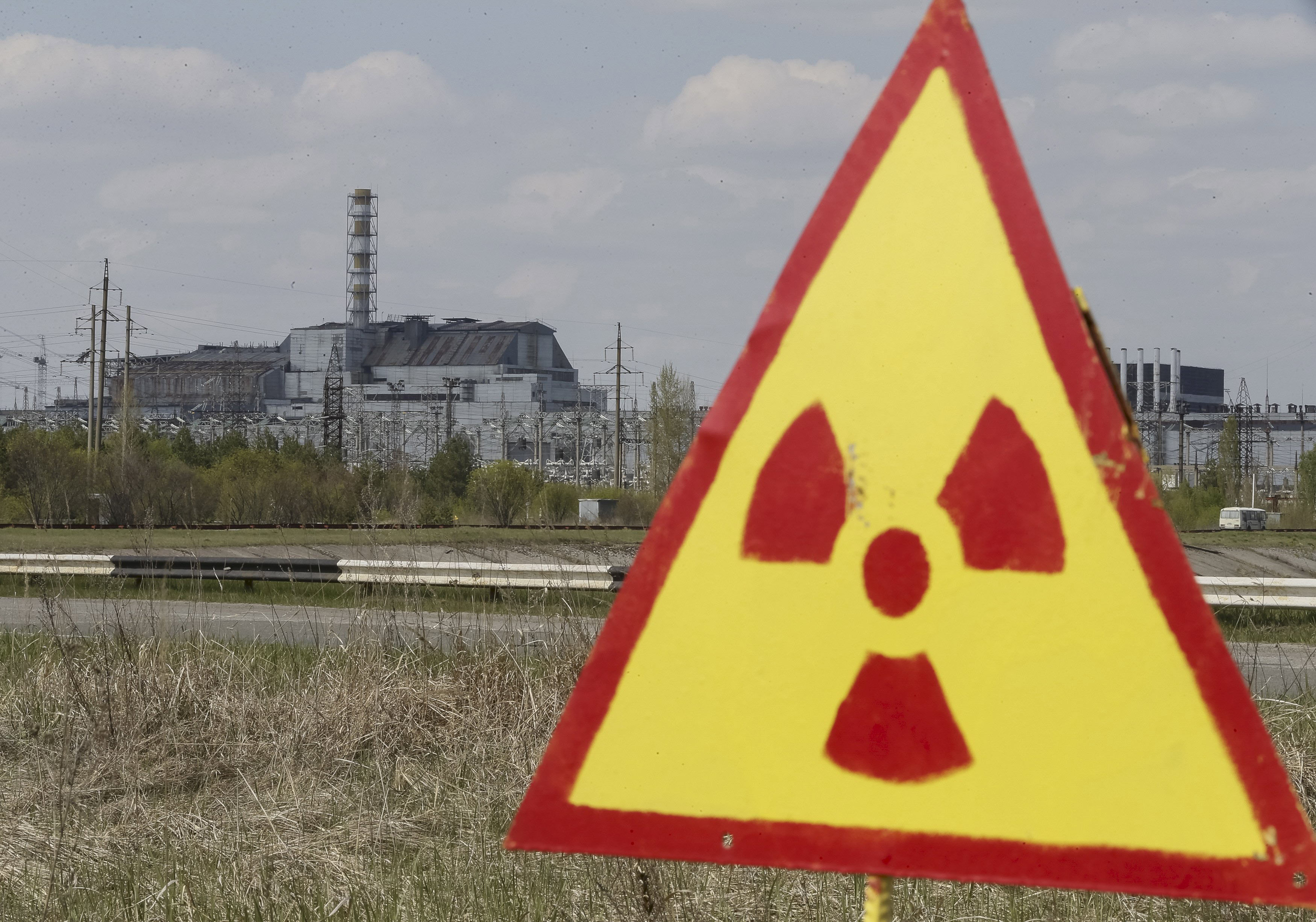Economic crises in Russia, Ukraine and Belarus have brought reduced testing in areas contaminated by the Chernobyl nuclear disaster, Greenpeace says, and people continue to eat and drink foods with dangerously high radiation levels.
According to scientific tests conducted on behalf of the environmental campaigning group, overall contamination from key isotopes such as cesium-137 and strontium-90 has fallen somewhat but still lingers, especially in places such as forests.
People in affected areas are still coming into daily contact with dangerously high levels of radiation from the nuclear plant's April 1986 explosion, which sent a plume of radioactive fallout across large swaths of Europe.



















With your current subscription plan you can comment on stories. However, before writing your first comment, please create a display name in the Profile section of your subscriber account page.